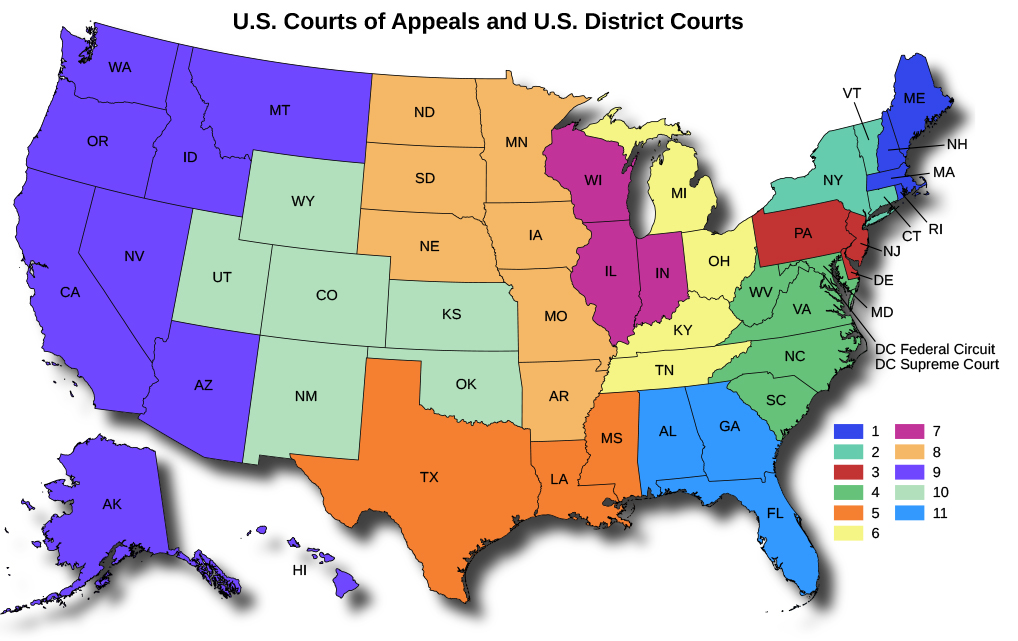The contiguous United States or “Lower 48” refers to the territory excluding Alaska and Hawaii. Much of the population lives on the Atlantic, Pacific or Gulf of Mexico coasts or along the Great Lakes. Its only land borders, both quite long, are shared with Canada to the north and Mexico to the south. The continental United States are the 48 contiguous states, D.C. and Alaska, but exclude Hawaii.
Grand Tetons in Wyoming, part of the Rocky Mountains
The country has three major mountain ranges. The Appalachians extend from Canada to Alabama, a few hundred miles west of the Atlantic Ocean. They are the oldest of the three ranges and offer spectacular sightseeing and excellent camping spots. The Rockies are, on average, the highest in North America, extending from Alaska to New Mexico, with many areas designated as national parks that offer hiking, camping, skiing, and sightseeing opportunities. The combined Sierra Nevada and Cascade ranges are the youngest. The Sierras extend across the “backbone” of California, with sites such as Lake Tahoe and Yosemite National Park, then give way to the even younger volcanic Cascade range, with some of the highest points in the country.
In the center of the country is the Great Plains, which includes the entirety of Oklahoma, Kansas, Nebraska, South Dakota, North Dakota, and portions of the surrounding states. This region is characterized by long stretches of flat land, and areas of gentle rolling hills. It consists largely of farmland and prairie.
The Gulf of Mexico is to the southeast of Texas, to the south of Louisiana, Mississippi, Alabama and Florida’s Panhandle, and constitutes the West Coast of Florida.
The Great Lakes, on the border with Canada, are more freshwater inland seas than lakes. The five lakes span hundreds of miles, bordering the states of Minnesota, Wisconsin, Illinois, Indiana, Michigan, Ohio, Pennsylvania, and New York, and their shores vary from pristine wilderness areas to industrial Rust Belt cities.
Source: wikivoyage.org

